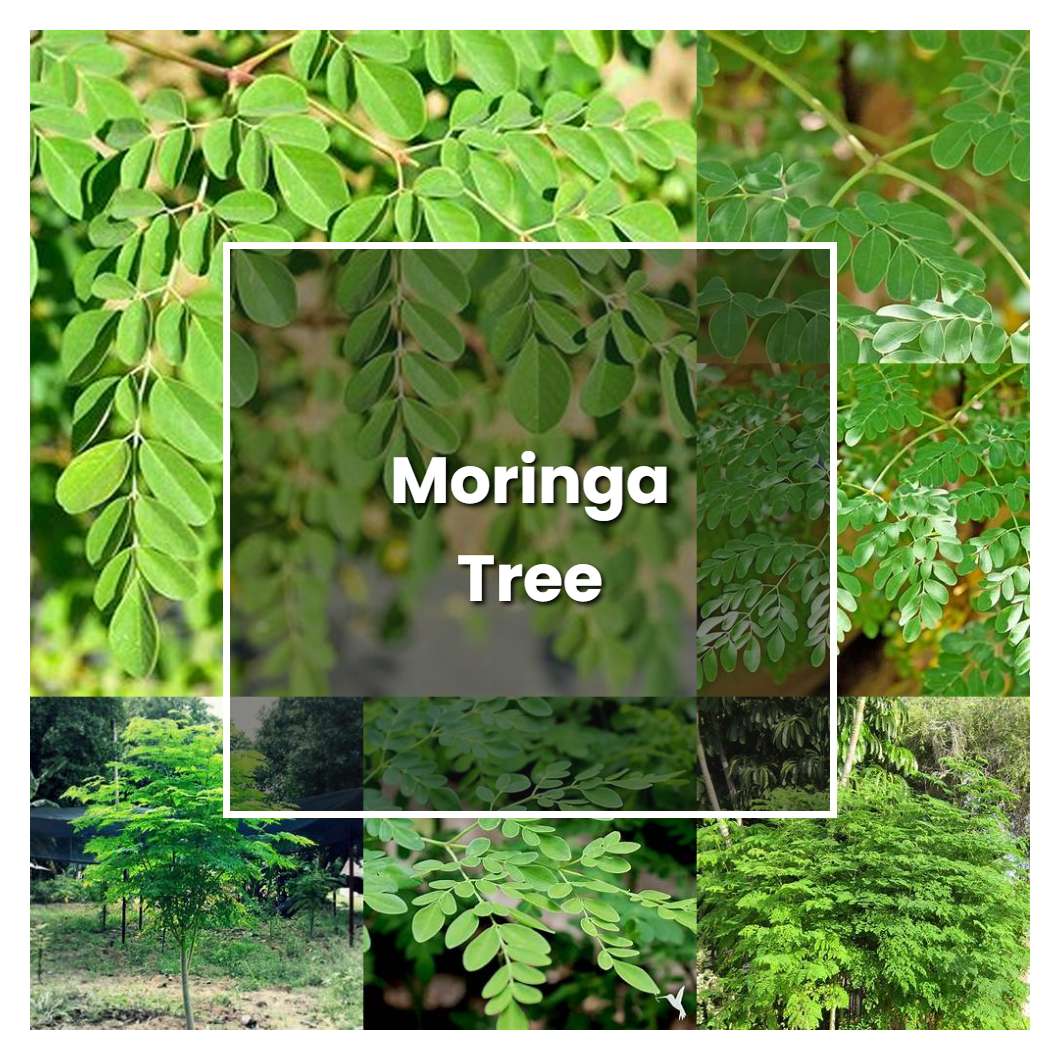Moringa tree is a fast-growing, drought-resistant tree that can reach up to 20 feet in height. The leaves, pods, flowers, and seeds of the tree are all edible and are rich in nutrients.

Related plant:
Moringa Plant
About soil condition, The moringa tree grows in a wide range of soils, but it prefers a deep, well-drained loamy soil. It is adaptable to both acid and alkaline soils, but it cannot tolerate waterlogged conditions. The tree is drought-resistant and can be grown in semi-arid regions.
Just like other trees, the moringa tree needs sunlight to grow and be healthy. It is best to plant the tree in an area where it will get at least six hours of sunlight each day. If the tree does not get enough sunlight, it will not grow as well and may not produce as many leaves.
The temperature condition is perfect for the growth of moringa tree. The tree grows best in warm climates but can also tolerate some cool temperatures. It is important to keep the tree in an area where it will not experience extreme cold or heat.
Ideal humidity condition for this plant are around 70%. The leaves of the moringa tree are very sensitive to water and will start to droop if the humidity is too low. If the humidity is too high, the leaves will start to turn yellow and fall off.
Mentioning fertilizer, this plant is not a heavy feeder. It does best with a light application of a balanced fertilizer like 8-8-8. You can work this into the soil around the tree when you first plant it, and then again every few months during the growing season. Just be sure not to overdo it, as too much fertilizer can actually harm the tree. As for the roots, they are relatively shallow and need to be kept moist. Be sure to water your moringa tree regularly, especially during dry spells. Mulching around the base of the tree will help to keep the roots cool and moist.
Pruning is a vital part of keeping a moringa tree healthy and promoting new growth. Depending on the season, you may need to prune your tree more or less frequently. However, it's generally a good idea to prune your tree every few months. When pruning your moringa tree, be sure to remove any dead or dying branches. Cut these branches back to the main trunk of the tree. You should also trim any branches that are growing too close together. This will help promote air circulation and prevent the spread of disease. Finally, don't be afraid to cut back healthy branches if they're interfering with power lines or other structures. Keeping your moringa tree well-pruned will help it stay healthy and thrive for years to come.
Propagation is usually done by seed, but occasionally stem cuttings are taken. The small black seeds have a hard seed coat and need to be nicked or filed before being soaked in warm water for 24 hours. They should then be planted in moist, well-drained soil mix and kept at a temperature of 21-24°C (70-75°F). The seedlings emerge in 14-21 days.
Usually, the plant growth rate studies indicate that the moringa tree grows rapidly. In general, the moringa tree can grow up to 20 feet (6 meters) in one year. However, the height of the tree depends on the growing conditions. The moringa tree can tolerate a wide range of growing conditions, but it prefers well-drained soils and full sun.
Common problems for this kind of plant are that the leaves get yellow and fall off, the flowers dont bloom, and the tree doesnt produce fruit. These problems are often caused by too much or too little water, poor drainage, lack of nutrients, or pests.
Source:
Moringa, a Miracle Plant Growing in Alor Islands
Moringa oleifera | Purdue University Famine Foods
History, Taxonomy and Propagation of Moringa oleifera-A Review
